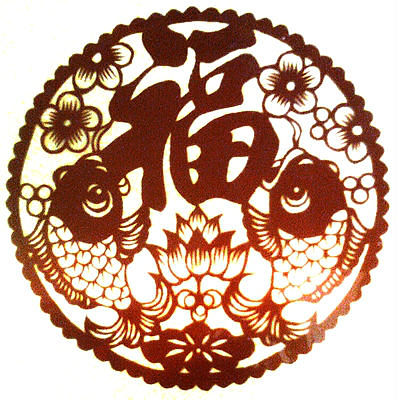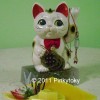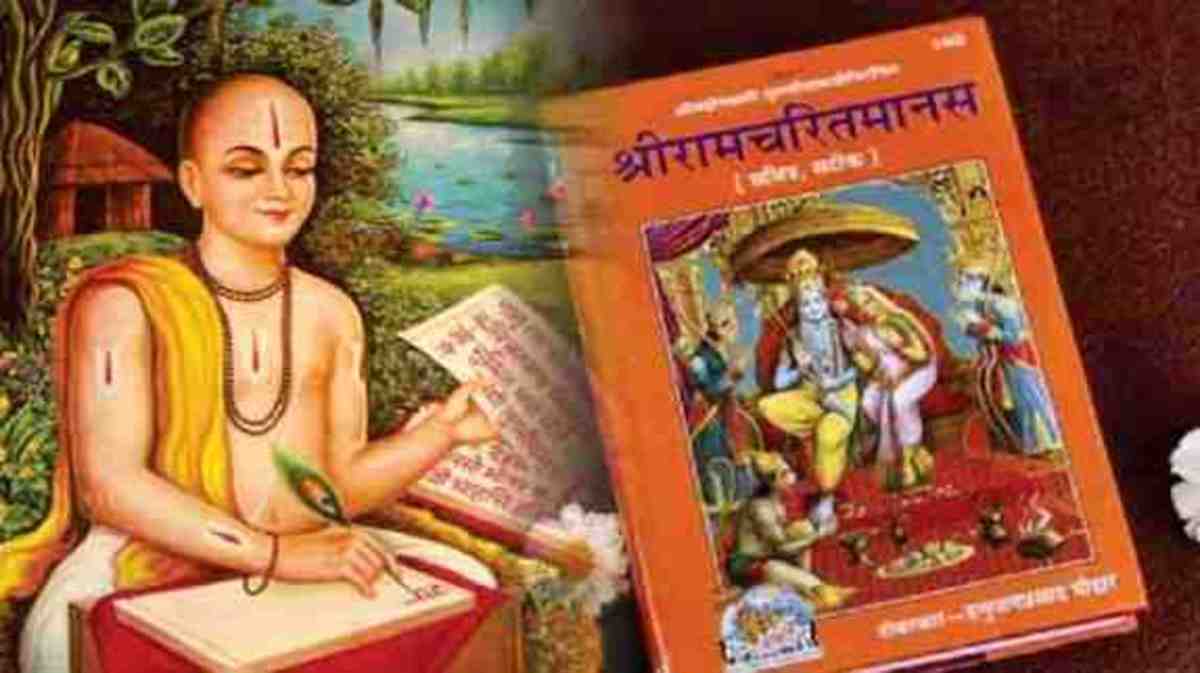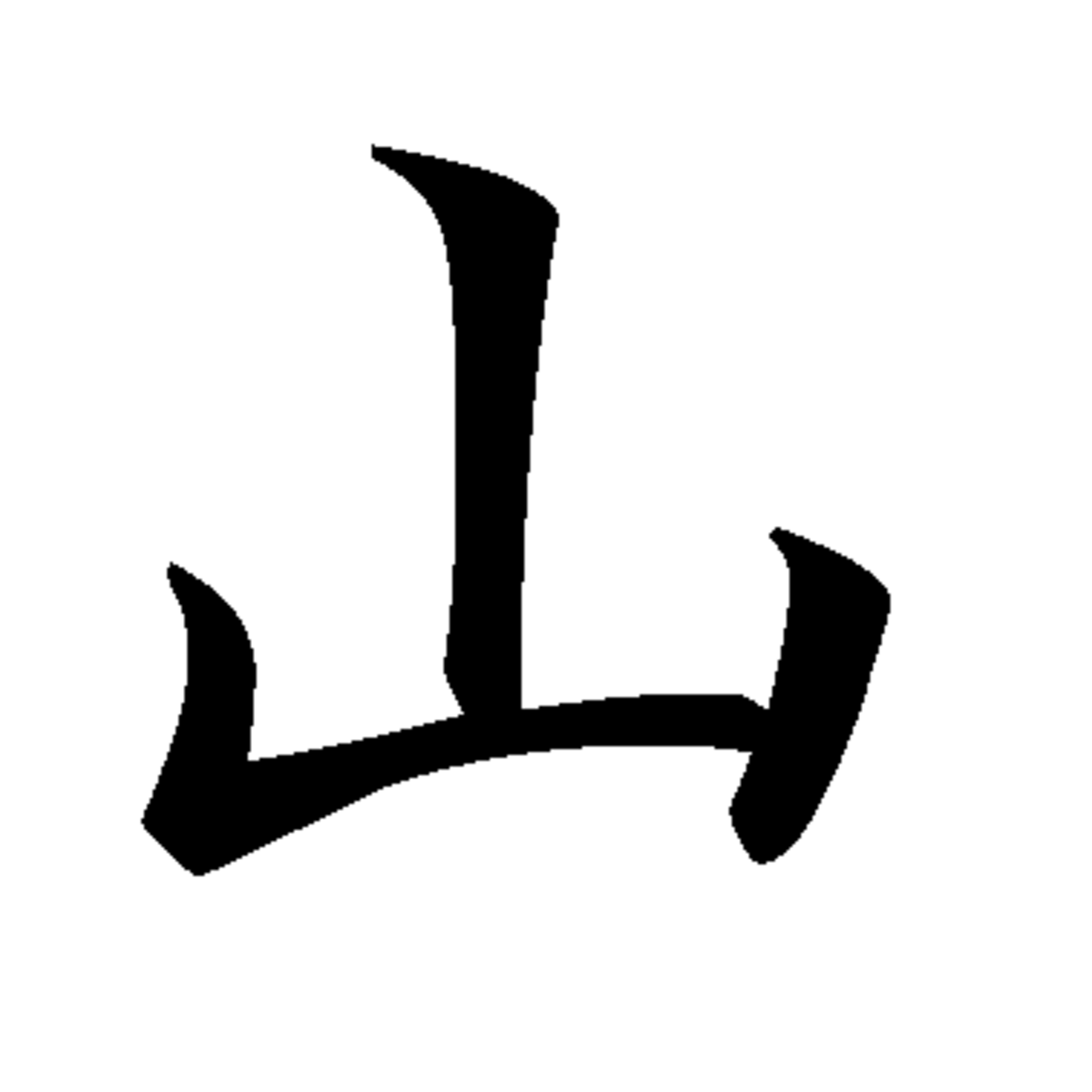Lucky Chinese Designs Ji xiang tu an

The Chinese people have a rich vocabulary of symbolism, which is partly due to the nature of their written and spoken language. Having lots of written characters but limited number of spoken sounds is one of the peculiarities of the Chinese language. This ended up in numerous Chinese characters sharing the same pronunciation, which in turn, gave rise to many homophonic symbols.
The Chinese were also fond of using images of flowers, plants, trees, animals, birds, fishes, insects and other objects to substitute for other words of similar pronunciation. This resulted in lucky motif designs known as ji xiang tu an (吉祥图案).
The origins of ji xiang tu an dated back to the Zhou Dynasty of 3,000 years ago. The auspicious motifs were further developed during the dynasties of Tang and Song. Ji xiang tu an flourished during the Ming and Qing dynasties, to the extent that almost every pattern will have some propitious meaning relating to prosperity, nobility, longevity and happiness.
Creation of lucky motif designs
The creation of a ji xiang tu an usually involves homophony, analogy, metaphor, auspicious Chinese characters, etc.
For example, the Chinese character for bat (bian fu 蝙蝠) sounds like the character for ‘fu’ (福). Hence, a bat picture is often used in Chinese motifs to symbolize ‘fu’, which basically means good fortune, happiness and good life.
Auspicious Chinese characters, such as 福 (fu), 寿 (shou) (longevity) and 喜 (happiness), are often included in ji xiang tu an to convey lucky meanings. Over the centuries, different calligraphic styles have been developed for these auspicious Chinese words. Some of the characters have even been converted to pictures to serve as lucky symbols.
Take the word 寿 (shou) for example. There are over 300 ways of writing the character. When the ‘shou’ character structure is long-shaped, it is called ‘long shou’ (长寿) (long life), while its rounded-shape is termed ‘round shou’ (圆寿) (meaning peaceful death without sickness). Quite often seen is the 100 Chinese characters of ‘shou’ forming a picture, known as ‘100 Longevity Characters’ (百寿图).
Interpretation of Ji xiang tu an
Ji xiang tu an can be found almost everywhere – on Chinese arts and crafts, architecture, paintings, potterywares, tradesmarks, etc.
The Chinese propitious patterns can either contain a single symbol or a combination of few symbols. Described below are five ji xiang tu an, together with explanation on their hidden meanings. The hyperlinks lead to the respective images.
(1) Name of motif: yi pin dang chao (一品當朝)
Design: A crane (鶴) on a rock above the tides (潮水) of the sea.
Hidden meaning: A very prominent career.
Explanation
In traditional Chinese bird culture, the crane is considered the ‘top-class’ bird, and is only inferior to the Phoenix, the Queen. This is an analogue of the highest ranking official in the Chinese imperial court.
The tides are called ‘chao shui’ (潮水) in Chinese, similar to the pronunciation for the word ‘court’ (chao 朝).
The crane standing alone on a rock above the tides symbolizes ‘the highest ranking and most powerful official in the imperial court’ (一品當朝).
(2) Name of motif: xi cong tian guang (喜从天降)
Design: ‘Xi zhu’ (喜蛛) dangling from above.
Hidden meaning: Unexpected joyous event or good fortune.
Explanation
The ‘Xi zhu’ (喜蛛) is a kind of long-legged small spider. ‘Xi’ (喜) means ‘happiness’ and ‘zhu’ stands for ‘spider’. The ‘Xi zhu’ is likened to an auspicious ray. Its dangling down from above symbolizes ‘happiness bestowed from Heaven’ (喜从天降).
(3) Name of motif: wu fu peng shou (五福捧寿)
Design: Five bats (蝙蝠) surrounding a large and stylized shou (寿) longevity character.
Hidden meaning: Lots of good fortune and very long lifespan.
Explanation
As mentioned earlier, the bat is a symbol of ‘fu’ (福), meaning good fortune, happiness and good life. Five bats represent the ‘Five Blessings’, ‘Five Good Fortunes’ or ‘Five Happiness’.
According to ancient Chinese classics, the ‘Five Blessings’ include (1) longevity; (2) wealth; (3) good health; (4) virtue; and (5) natural death in old age without illness (寿,富,康宁,修好德,考终命).
Another popular version of “Five Blessings” consists of (1) good fortune; (2) high official salary; (3) longevity; (4) joy; and (5) riches (福, 禄, 寿, 喜, 财).
The cherished dream of the Chinese people for good fortunes and longevity inspired the design of this motif pattern.
(4) Name of Motif: qi lin song zi (麒麟送子)
Design: A qi lin (麒麟) with a male child (孩子) on its back.
Hidden meaning: Good omen of conceiving a baby.
Explanation
The qi lin is an auspicious beast in Chinese mythology. It is traditionally associated with the birth of Confucius, the great, ancient Chinese sage.
The word ‘child’ is known as ‘hai zi’ (孩子) in Chinese. The character “子”, when used alone, means ‘son’.
This motif arises out of legends and denotes the qi lin bestowing a child (or son), usually to childless couples (or those without a son).
(5) Name of Motif: zi sun wan dai (子孫萬代)
Design: Gourds (葫芦) surrounded by leaves and vines.
Hidden meaning: Endless generations of descendants.
Explanation
The seeds of a gourd symbolize“Hundred sons, thousand grandsons” (百子千孙). Gourd vines are called ‘wan dai’ (蔓带). The pronunciation for ‘wan dai’ sounds like “ten thousand generations” (万代).
Hence, this motif pattern is used to imply generation after generation of descendants.
The ji xiang tu an is somewhat like a puzzle. It can be very interesting, challenging and fun to try to decode its implied meaning.

Related sites
© 2012 pinkytoky








